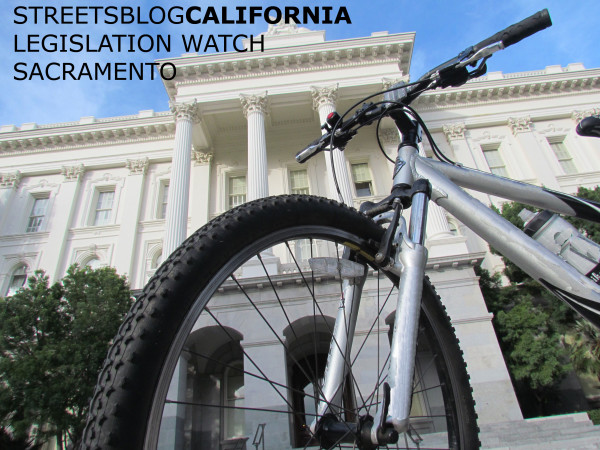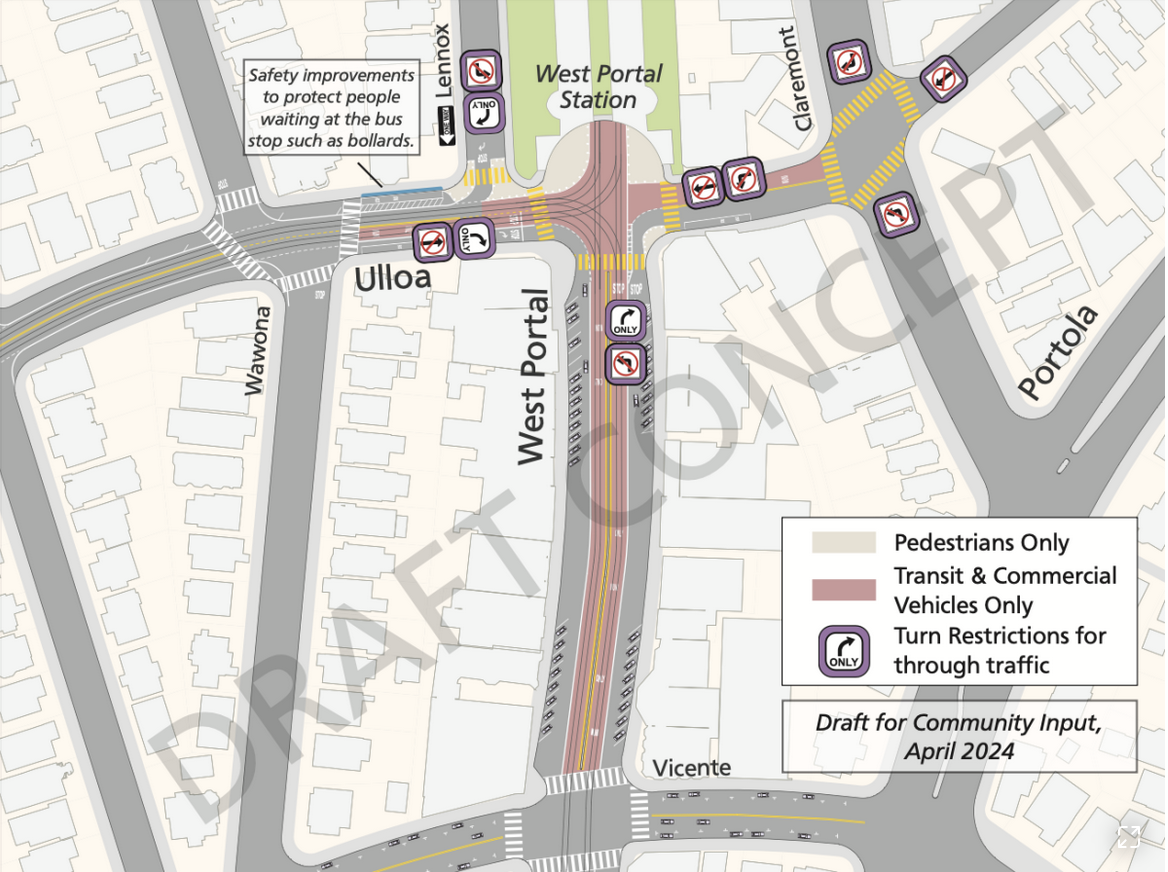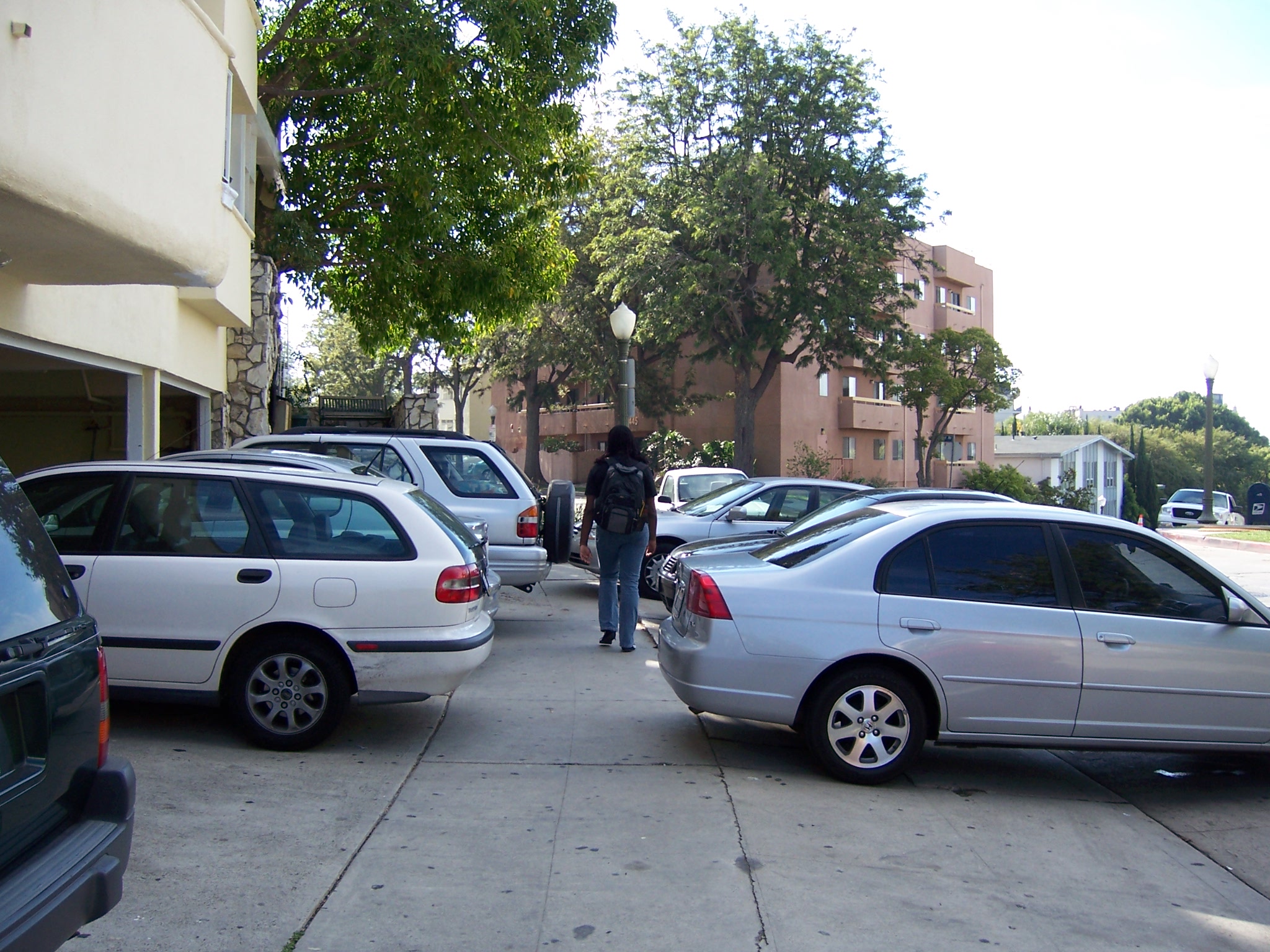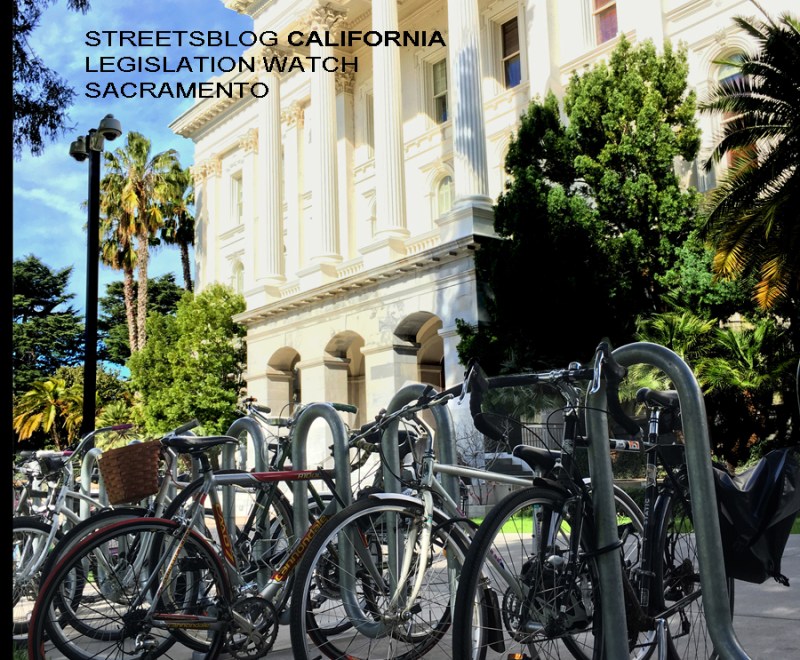A bill that would have created a statewide program to fund low-cost transit passes for students stalled out in the Senate Appropriations Committee.
There is still a slim chance to get something passed this session—more on that below—and there's always next session, when bills can be introduced anew. But for now, A.B. 2222 from Assemblymember Chris Holden (D-Pasadena) is dead.
What stopped it, ultimately, was funding. As originally written, the bill would have used money from cap and trade to fund the program. But the Senate Environmental Quality Committee removed that language because legislators have not been able to agree on how to allocate the cap-and-trade money. With no funding source identified, the bill was sent to the Senate Appropriations Committee's “suspense” file.
There it stayed, and there it died, despite bipartisan support and a strong commitment from the author, for whom A.B. 2222 has been a priority.
“I introduced A.B. 2222 because I refuse to allow the high cost of transportation to be an impediment to receiving an education in our state,” said Assemblymember Holden. “The good news is that we can reduce our state’s greenhouse gas emissions while providing a safe, reliable and low or no-cost means for California students to get to class, especially for at-risk students in some of California’s most disadvantaged communities.”
“It's a concept that is so well loved, and so appreciated, and so many people recognize it's needed,” said Josh Stark of TransForm, one of the bill's sponsors, along with Move LA. “Almost everybody believes this is the right program to fund” with the Greenhouse Gas Reduction Fund (GGRF), money raised by the cap-and-trade program which by law is supposed to be spent on reducing greenhouse gas emissions.
“The bill had a diverse and deep pool of supporters, including schools, major transit agencies, social justice organizations, Republicans, and moderate Democrats. Senators Ben Allen and Lorena Gonzalez signed on as co-authors,” he said.
Not Dead Yet
There are several other possible avenues for a student transit pass program. One is for transit passes to show up in a compromise funding agreement in the transportation special session. Although there hasn't been a lot of public action on an agreement in the special session, legislators still have until the end of November to work something out.
Or transit passes could be included in the cap-and-trade expenditure plan discussion, if and when the legislature takes that up. But the form and content of that discussion will depend in part on the quarterly cap-and-trade auction that takes place tomorrow.
Although the point of the cap-and-trade auctions is not supposed to be to raise money, past auctions have raised a lot of money—until the most recent one, which posted disappointing results. Uncertainty about the program, and whether it will continue to bring in money for greenhouse gas-reducing programs, has caused legislators to slow down on decisions about how to spend the proceeds.
Yet there are solid reasons for spending GGRF money on transit pass programs. Transportation accounts for 37 percent of our greenhouse gas emissions, and almost two thirds of those emissions come from individuals driving cars and light-duty trucks. So one of the biggest things California can do to cut greenhouse gas emissions is help people stop driving so much.
Also, student travel makes up a large portion of daily trips, and students make up a large portion of people who drive alone.
Transit pass programs are “wildly effective” programs, said Stark. “A lot of people use them, and as a state, that's what we want to further.” The cost of subsidizing transit passes is relatively small, especially compared to other GGRF programs, but could potentially reduce emissions by a lot.
Meanwhile the end of A.B. 2222 does not mean that discounted transit passes won't happen. UCLA has long recognized the benefits to its campus of subsidizing bus passes for its students. UC Davis and Sacramento State both saw huge increases in transit ridership when they instituted pass programs. And L.A. Metro's newly expanded "U-pass" program, just getting underway, has already resulted in agreements with several schools.
Straight from the text of A.B. 2222, here's a list of potential benefits of subsidizing student transit passes:
- Student transit pass programs have been shown to increase overall transit ridership and fill empty seats on trains and buses, resulting in reduced costs per rider and improved service because of higher demand.
- Targeting student transit passes to low-income middle school, high school, college, and university students can promote the development of lifelong transit riders and further bolster the capacity and reliability of our transit systems.
- Student transit pass programs in this state and across the country have resulted in significant increases in transit ridership and have made it easier and cheaper for students to get to schools and to jobs.
- Student transit pass programs can help the state reduce greenhouse gas emissions, vehicle miles traveled, petroleum use, and air pollution and improve overall community health.
- Student transit passes lower pollution around elementary schools, thereby improving student health.
- Schools are often the major generators of traffic in cities, and student transit pass programs can help reduce the traffic and parking problems in neighborhoods around schools.
- Student transit pass programs can reduce the need for colleges to use campus land for expensive parking structures when this land and money could be better used for educational purposes.
- Student transit pass programs have decreased the need to drive to and from school, along with the costs associated with driving to and from school, thereby reducing the overall cost of school attendance and reducing parental burdens for working families.
- A UCLA study of 35 college and university student transit pass programs across the United States in 2001 showed ridership increases of 71 to 200 percent after the implementation of these programs.





